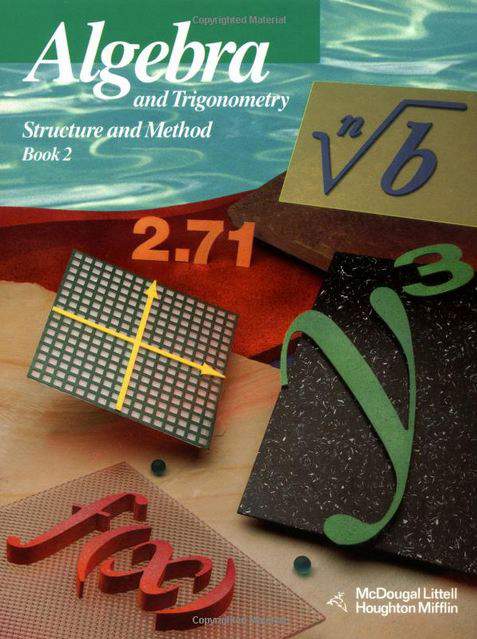Connecting...

This is a quick preview of the lesson. For full access, please Log In or Sign up.
For more information, please see full course syllabus of Algebra 2
For more information, please see full course syllabus of Algebra 2
Algebra 2 Solving Systems of Equations Using Matrices
Lecture Description
In this lecture, you are going to learn how to apply your knowledge of matrices in order to solve systems of equations. A system of equations can be written in a matrix form which makes it a matrix equation, and the matrix equation consists of three matrices. The first matrix is formed by the coefficients of x and y, the second matrix is formed by constants, and the third matrix is formed by the variables or the unknowns. Depending on whether the matrix of coefficients has an inverse or not, we can conclude if the system has any solutions or not. You'll learn more about this in the lecture.
Bookmark & Share
Embed
Share this knowledge with your friends!
Copy & Paste this embed code into your website’s HTML
Please ensure that your website editor is in text mode when you paste the code.(In Wordpress, the mode button is on the top right corner.)
×
Since this lesson is not free, only the preview will appear on your website.
- - Allow users to view the embedded video in full-size.
Next Lecture
Previous Lecture









































 Carleen Eaton
Carleen Eaton Grant Fraser
Grant Fraser
 Answer Engine
Answer Engine



0 answers
Post by Qing Xu on March 24, 2020
are x and x the same?
1 answer
Fri May 24, 2013 9:29 PM
Post by Kavita Agrawal on May 23, 2013
Which method would you say is faster - Cramer's rule or matrix multiplication (as shown above)?
1 answer
Last reply by: richard lawlor
Tue Sep 4, 2012 6:55 AM
Post by richard lawlor on September 4, 2012
What about dimension requirements for matrix multiplication i.e. number of rows must equal number of columns?This is not the case in the above example?
1 answer
Sun Jan 29, 2012 4:42 PM
Post by Edmund Mercado on January 27, 2012
Dr. Eaton, thank you for a very detailed explanation of a very difficult procedure.
3 answers
Last reply by: Carroll Fields
Sat Sep 14, 2013 2:20 PM
Post by Lemel Covington on November 10, 2011
example 3 was doe incorrectly as well. you did not flip the -7 and 1 in the matrix. you flipped the a and c.
1 answer
Mon Nov 14, 2011 10:59 PM
Post by Jeff Mitchell on March 7, 2011
In example 2 (approx. 10:22 into lecture) the equation for A inverse was incorrectly written as 1 / ab-bc and should be 1 / ad-bc.
Jeff